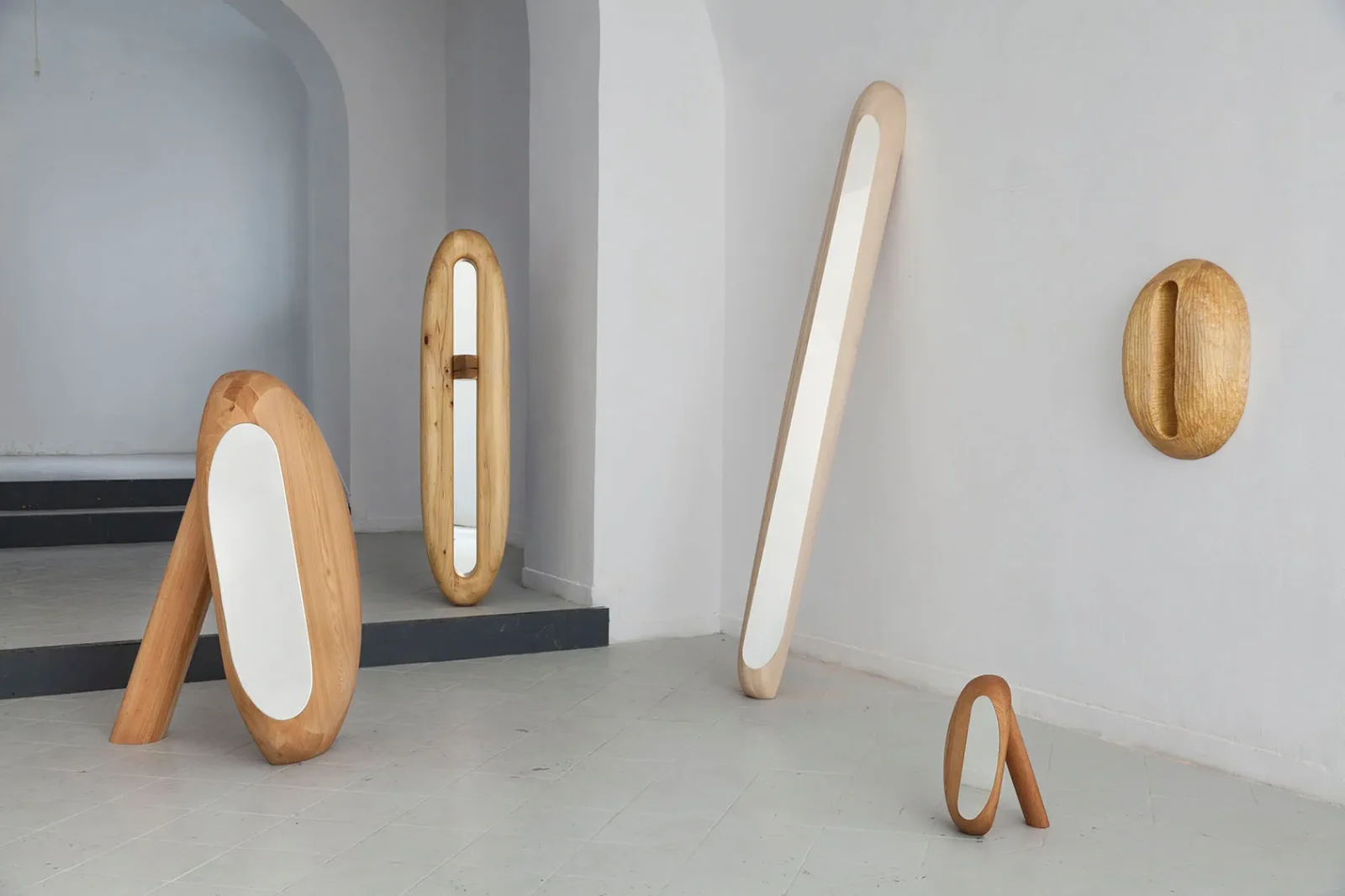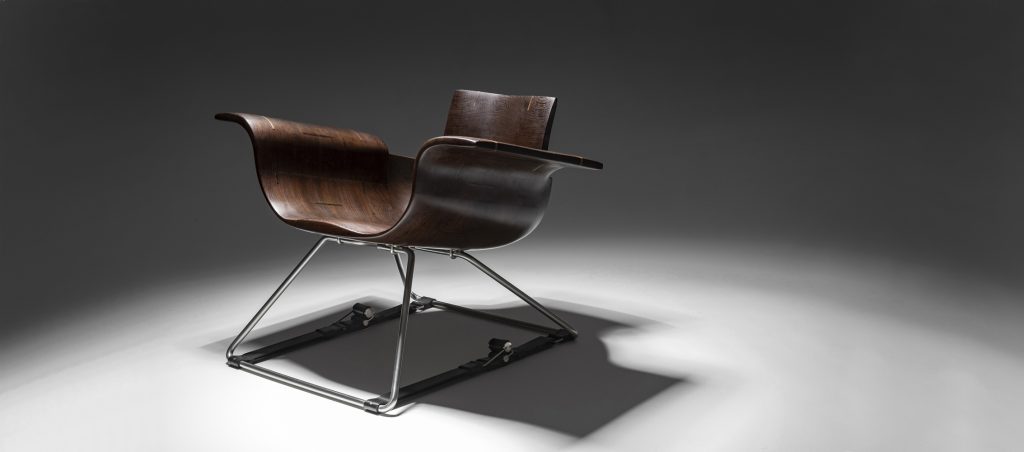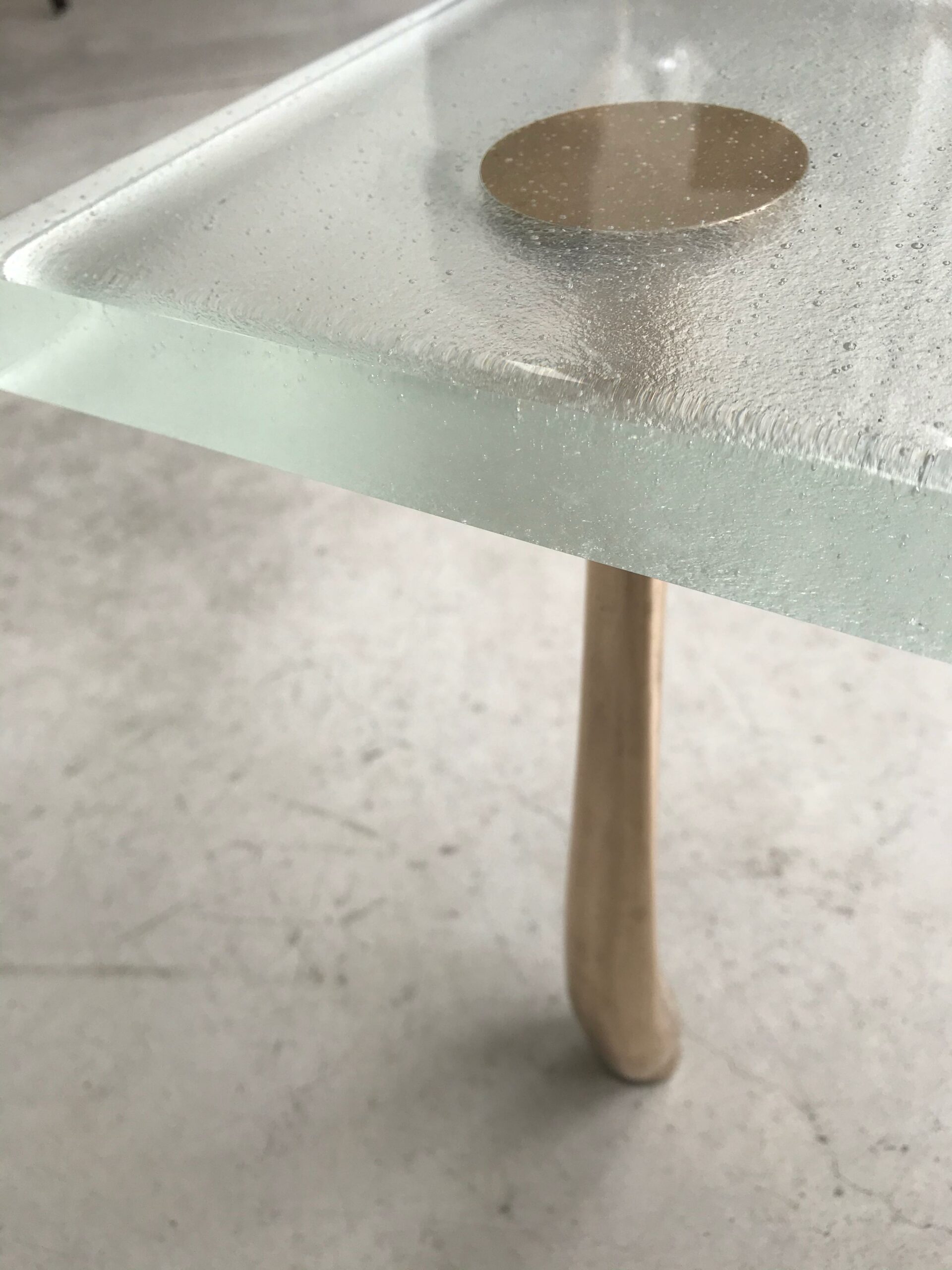
Neo Industrial Design: Pushing Boundaries
Neo Industrial Design a contemporary design style that draws inspiration from the industrial revolution while infusing modern aesthetics and functionality. It emerged as a response to the need for efficient and practical design in the industrial age, and it continues to thrive today, influencing various aspects of modern living. This design style celebrates the raw and utilitarian appeal of industrial elements, incorporating them into everyday pieces to create a harmonious blend of form and function.
What is Neo Industrial Design?
Neo Industrial Design, also known as Neo Industrialism or Neo Industrial Aesthetic, is a contemporary design style that draws inspiration from the industrial and manufacturing aesthetics of the past while incorporating modern elements and innovative concepts. It is a reinterpretation of traditional industrial design principles and materials, often emphasizing rawness, functionality, and a sense of mechanical or utilitarian beauty.


The Origins of Neo Industrial Design
Emerging in the early 20th century as a response to the swift tide of industrialization and the quest for practical yet efficient design resolutions, Neo-Industrial Design finds its roots deeply intertwined with the ethos of its time. Influenced prominently by the Bauhaus movement’s commitment to craftsmanship and simplicity, as well as the streamlined elegance of modernism, this design approach echoes the sentiments of an era that sought balance amid rapid change.
Originating in industrial epicenters like Berlin, Chicago, and New York, Neo-Industrial Design drew inspiration from the very heart of the mechanized world—showcasing an affinity for warehouses, factories, and machinery. By celebrating the innate allure of unrefined materials and harnessing the straightforward beauty of industrial shapes, this movement birthed creations that not only served practical functions but also possessed a captivating visual allure.




See More Like This: Visit Our Online Gallery of Neo Industrial Designs
What are the Key Characteristics of Neo Industrial Design?
Key characteristics of Neo-Industrial Design include:
- Raw Materials: Neo-Industrial Design celebrates the beauty of raw and unprocessed materials. Elements like exposed brick, concrete, steel, and reclaimed wood are used prominently, showcasing their natural textures, imperfections, and inherent character.
- Functionality: Functionality is a paramount aspect of Neo-Industrial Design. Each design element serves a purpose, and the overall aesthetic is driven by practicality and efficiency. Form follows function in a seamless and purposeful manner.
- Exposed Structures: One of the defining features of Neo-Industrial Design is the exposure of structural and mechanical elements. Beams, pipes, ducts, and other industrial components are intentionally left visible, emphasizing the utilitarian and honest nature of the design.
- Contrast: Neo-Industrial spaces often play with contrasts. There’s a juxtaposition between rough, industrial textures and more polished or refined surfaces. This interplay creates visual interest and adds depth to the design.


Current Views in Contemporary Art and Design
In contemporary art and design, Neo Industrialism evolves sustainably, merging raw authenticity with modern tech. Craftsmanship, biophilia, and minimalism fuse, while urban, vintage, and global elements infuse vibrancy. The style tells stories and prioritizes wellbeing, forming a dynamic balance of history and innovation.
Read Now: 10 Best Neo Industrial Tables Blending Functionality and Raw Aesthetics
The Impact of Neo Industrial Design on the Art World
Neo Industrial Design has exerted a significant impact on the art world, forging a compelling intersection between artistry and utilitarian aesthetics. This aesthetic movement’s emphasis on raw materials, exposed structures, and functional design has infused art with an innovative spirit. Artists have drawn inspiration from its utilitarian beauty, reimagining materials and structures in their creations.
This design ethos has also resonated in gallery spaces and installations, creating immersive environments that challenge the traditional boundaries of art presentation. As an influential design language, Neo-Industrial Design has not only shaped the visual landscape of contemporary art but also spurred conversations about the harmonious coexistence of industrial authenticity and artistic expression.


Read Now: 12 Timeless Neo Industrial Seats
Conclusion
In conclusion, Neo-Industrial Design stands as a compelling testament to the convergence of history, innovation, and artistic ingenuity. Emerging as a response to rapid industrialization, this design style has evolved to embrace sustainability, technology, and cultural diversity. Its hallmark features of raw materials, exposed structures, and utilitarian aesthetics have left an indelible mark on various creative domains, from interior spaces to art installations.
Neo-Industrial Design’s influence extends beyond aesthetics; it prompts discussions on the interplay between beauty and functionality, tradition and modernity. As a bridge between the past and present, Neo-Industrial Design continues to reshape our perception of spaces, materials, and the evolving relationship between design and art in our contemporary world.
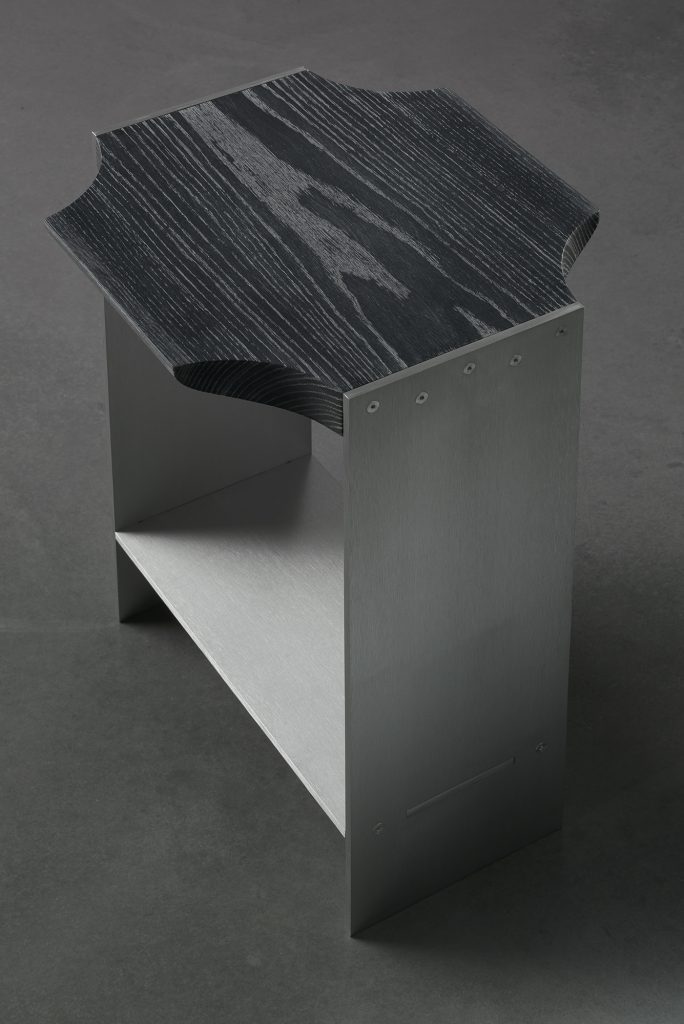



Read Now: 8 Notable Neo Industrial Cabinets & Shelves
Discover Neo-Industrial Design on Adorno
-


 Maze LampBy Stijn van Aardenne€259 incl. tax€259 incl. tax
Maze LampBy Stijn van Aardenne€259 incl. tax€259 incl. tax -


 Contemporary Stool 02By Six Dots Design€450 incl. tax€450 incl. tax
Contemporary Stool 02By Six Dots Design€450 incl. tax€450 incl. tax -


 Pressure Vase SquareBy TIM TEVEN€269 incl. tax€269 incl. tax
Pressure Vase SquareBy TIM TEVEN€269 incl. tax€269 incl. tax -


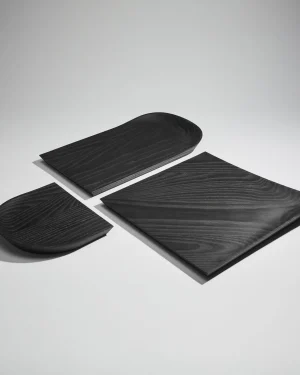 Creux – Black Tinted Ash Wood TrayBy Clemence BirotPrice range: €103 through €168 incl. taxPrice range: €103 through €168 incl. tax
Creux – Black Tinted Ash Wood TrayBy Clemence BirotPrice range: €103 through €168 incl. taxPrice range: €103 through €168 incl. tax -


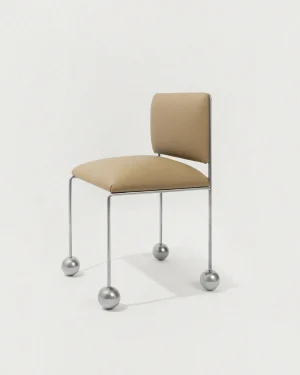 Ball Foot Sculptural Chair, Vegan Cactus LeatherBy Panorammma Atelier€2.500 incl. tax€2.500 incl. tax
Ball Foot Sculptural Chair, Vegan Cactus LeatherBy Panorammma Atelier€2.500 incl. tax€2.500 incl. tax -


 Favorite VaseBy Studio Formbart€280 incl. tax€280 incl. tax
Favorite VaseBy Studio Formbart€280 incl. tax€280 incl. tax -


 Stadia Clock – Stainless Steel Table ClockBy studio re.d€500 incl. tax€500 incl. tax
Stadia Clock – Stainless Steel Table ClockBy studio re.d€500 incl. tax€500 incl. tax -


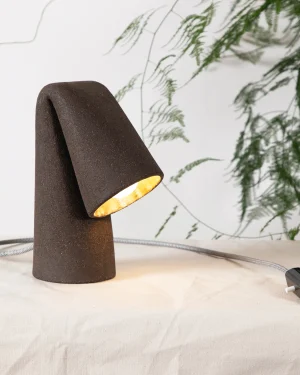 Melo Fold – Handmade Ceramic Desk LampBy Catalin Filip€294 incl. tax€294 incl. tax
Melo Fold – Handmade Ceramic Desk LampBy Catalin Filip€294 incl. tax€294 incl. tax -

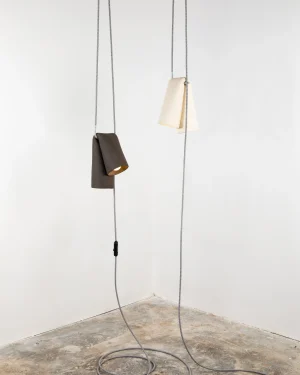 Melo Lamp – Pendant Ceramic Lamp With Fabric Braided CableBy Catalin Filip€363 incl. tax€363 incl. tax
Melo Lamp – Pendant Ceramic Lamp With Fabric Braided CableBy Catalin Filip€363 incl. tax€363 incl. tax -

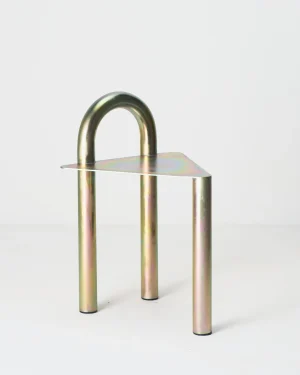 Zinc Stool CurvaBy Cultivado em Casa€1.305 incl. tax€1.305 incl. tax
Zinc Stool CurvaBy Cultivado em Casa€1.305 incl. tax€1.305 incl. tax -

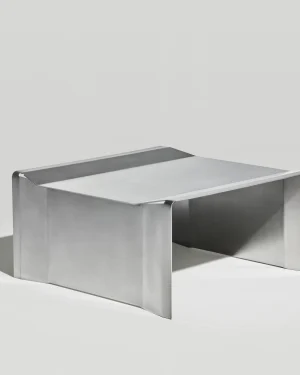 Camber – Coffee TableBy Paul Coenen€2.019 incl. tax€2.019 incl. tax
Camber – Coffee TableBy Paul Coenen€2.019 incl. tax€2.019 incl. tax -

 Pressure BenchBy TIM TEVEN€925 incl. tax€925 incl. tax
Pressure BenchBy TIM TEVEN€925 incl. tax€925 incl. tax -

 Luna – Paper WeightBy StemPrice range: €44 through €106 incl. taxPrice range: €44 through €106 incl. tax
Luna – Paper WeightBy StemPrice range: €44 through €106 incl. taxPrice range: €44 through €106 incl. tax -

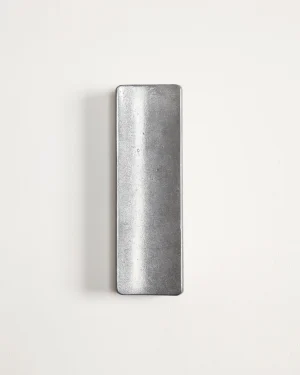 Arc – Pen TrayBy StemPrice range: €56 through €156 incl. taxPrice range: €56 through €156 incl. tax
Arc – Pen TrayBy StemPrice range: €56 through €156 incl. taxPrice range: €56 through €156 incl. tax -

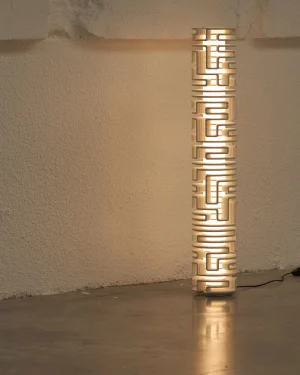 Maze Lamp FloorstanderBy Stijn van Aardenne€1.654 incl. tax€1.654 incl. tax
Maze Lamp FloorstanderBy Stijn van Aardenne€1.654 incl. tax€1.654 incl. tax -

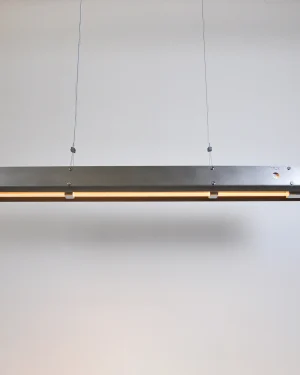 Ne1200/145 Pendant – Mat Stainless Steel & Clear AcrylicBy MLK Furniture€1.390€1.390
Ne1200/145 Pendant – Mat Stainless Steel & Clear AcrylicBy MLK Furniture€1.390€1.390 -

 Small Aluminum CandelabraBy Six Dots Design€313 incl. tax€313 incl. tax
Small Aluminum CandelabraBy Six Dots Design€313 incl. tax€313 incl. tax -

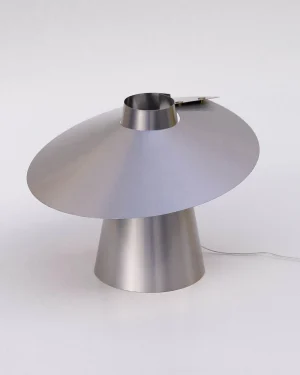 Pa 02 LampBy BuRRo€114 incl. tax€114 incl. tax
Pa 02 LampBy BuRRo€114 incl. tax€114 incl. tax -

 Pe 02 LampBy BuRRo€114 incl. tax€114 incl. tax
Pe 02 LampBy BuRRo€114 incl. tax€114 incl. tax -

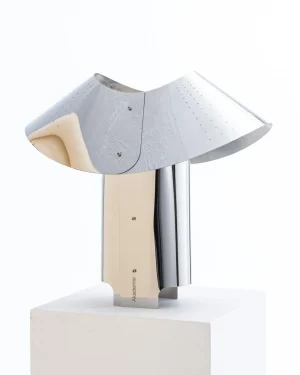 Fold Table LightBy Akademie€1.100€1.100
Fold Table LightBy Akademie€1.100€1.100 -
Piece on sale

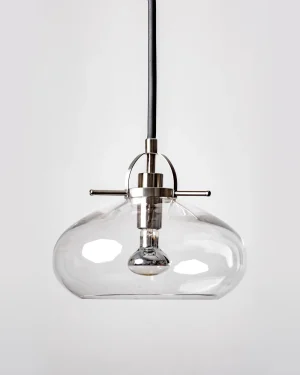 Art Deco Pendant LampBy Szostak AtelierOriginal price was: €1.250.€1.188Current price is: €1.188. incl. taxOriginal price was: €1.250.€1.188Current price is: €1.188. incl. tax
Art Deco Pendant LampBy Szostak AtelierOriginal price was: €1.250.€1.188Current price is: €1.188. incl. taxOriginal price was: €1.250.€1.188Current price is: €1.188. incl. tax -

 Açafrão and Urucum Floor LampBy Cultivado em CasaPrice range: €1.543 through €3.714 incl. taxPrice range: €1.543 through €3.714 incl. tax
Açafrão and Urucum Floor LampBy Cultivado em CasaPrice range: €1.543 through €3.714 incl. taxPrice range: €1.543 through €3.714 incl. tax -

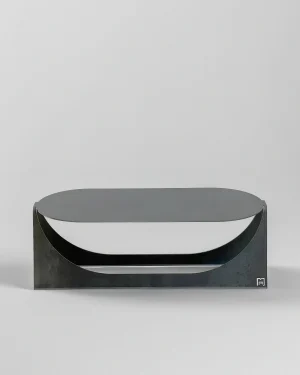 Tani – Steel Coffee TableBy ModanPrice range: €700 through €800Price range: €700 through €800
Tani – Steel Coffee TableBy ModanPrice range: €700 through €800Price range: €700 through €800 -

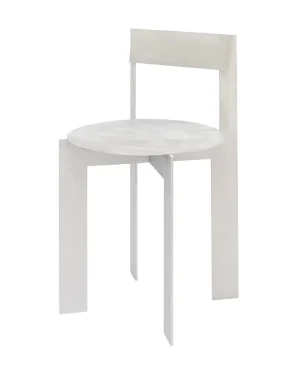 Object111 – Aluminum ChairBy NG DESIGN€416 incl. tax€416 incl. tax
Object111 – Aluminum ChairBy NG DESIGN€416 incl. tax€416 incl. tax



